
From its tucked-away nook just off the foot-traffic expressway between Brooks Hall and Oddfellows Hall, the Carr Hall garden — affectionately known as the Carrden — can seem peripheral to the hustle and bustle of campus life. But it might be here of all places that Allegheny is most alive.
“We have literally been planning this garden here since like November, December of last year,” said Director of Sustainability Kelly Boulton, ’02, as we searched a dense garden plot for Cape Mountain Gooseberries. “We had to order seeds, and then plant them in the greenhouse and then, you know, water them three times a day over Spring Break.”

All that work took place before most plants could even be transferred outside for the growing season. Once they were in the ground, it was off to the races: Boulton estimated that her summer crew of four students put a combined 100 hours of labor each week into raising crops for the rest of campus to enjoy this fall and winter.
“The hours of work and months that went into this, it means something to us,” Boulton said.

Now, tomatoes and gourds swell on the vine under palm-sized leaves. Overhead birds zoom between perches, gobbling up singing insects. A crowd of hungry rabbits and chipmunks scout the husk cherries with their beady eyes. Hawks supervise the rodents’ garden escapades from their haunt on a nearby pine tree. Towering stalks of Jerusalem artichokes ring a plot of lavender and calendula, the flowers of which the Office of Sustainability uses to make lotion bars and ointment salves for the campus community. The amount of plant and animal life visible in the Carrden this year is staggering, even to Boulton.
“I’ve been on campus, like, 25 years — I’ve never seen a goldfinch on campus,” Boulton said. “But they’re coming now to eat the seeds from the anise hyssop, which is so cool.”
Boulton explained that her goal to maximize the Carrden’s impact is as much ecological as it is social. In the past, all food grown in the Carrden was shuttled into the dining halls, which she thinks made it difficult for students to connect with the on-campus agriculture.
“There’s not enough in the garden to say, like, ‘Everything on the salad bar is from the garden today,’ or, ‘Everything in this tomato sauce is from the garden today,’” Boulton said. “So it (the garden produce) was always diluted and the impact was diluted. And so we re-envisioned it as, like, ‘How could we maximize the impact?’ We shifted it so that the garden rotates in blocks of beds, and each block is kind of centered around programming potentials.”
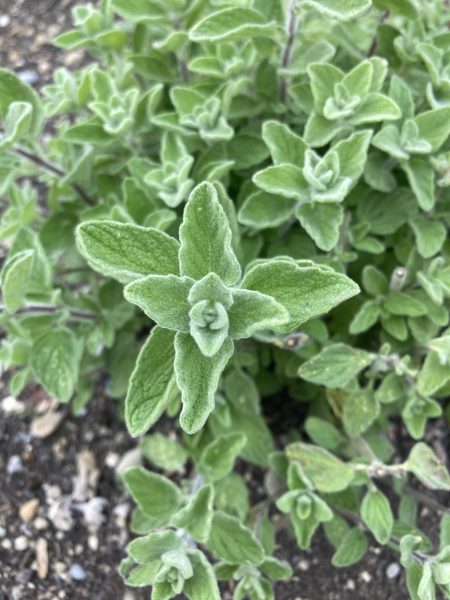
Student clubs can work with the Office of Sustainability to request these ingredients and plan winning recipes that draw crowds to various events.
“We would like for student groups to know that they can email sustainability@allegheny.edu,” Boulton said. “And say, like, ‘Hey, we want to have a salsa event. Can we get everything we need to make salsa?’”

One block provides the star ingredients in classic Mediterranean pizza and pasta fare: za’atar oregano, basil, Principe Borghese drying tomatoes, parsley and two beds of garlic. Another section contains the building blocks of a good fresh salsa — tomatillos, more tomatoes, scallions, yellow onion, red onion and cilantro — alongside an all-star lineup of flavorful peppers with names like Matchbox, Chocolate Scotch Bonnet and Piri Piri Bird’s Eye. Other blocks contain kale, tatsoi, celery, broccoli and carrots, which Boulton is excited to see the Food Recovery Network use to make nutritious foods more available on campus.
Because of an enhanced focus on event programs, much of the Carrden produce has been selected for its ability to remain shelf-stable during Allegheny’s cold winter months, such as peas, beans, corn, squash, potatoes and wheat; the crew preserves seasonal produce with a dehydrator back in the office.
“We can wait until students are back and say, ‘Is there anything you’d like to do with a bunch of dried beans?’” Boulton said. “And so in the past we have partnered with the Art Department for their Empty Bowls Dinner. We made a tomatillo bean chili that was entirely from things in the garden.”
Boulton is already planning out events for the winter.“Our crew harvested the wheat and then they actually threshed and winnowed it, and it was really fun,” Boulton said. “That’s going to be a whole program with students so that we can invite people and show them how to make bread.”
Last year, Students for Environmental Action hosted a potato roast around a firepit, which Boulton hopes they’ll decide to do again this year.
Because the Carrden now supplies food for student events, it is not appropriate to harvest your own produce. But you can certainly feast with your eyes here in The Campus — or maybe even start dreaming up some club events featuring the Carrden’s goods.

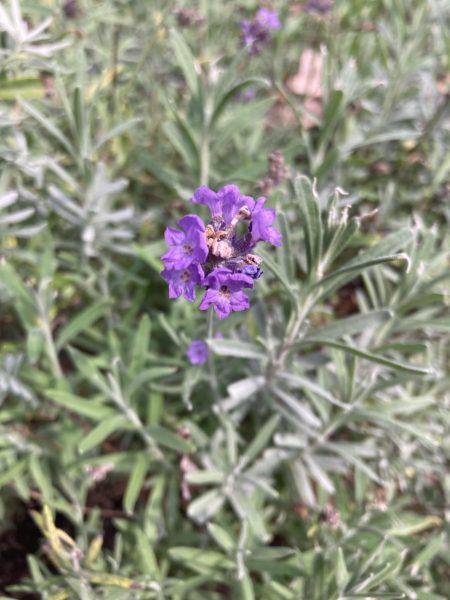
“There’s like four ingredients in the whole thing. Everything’s totally natural,” Boulton said. “There’s no plastic involved. It’s fast.” (Milo Watson)
This story’s layout has been adapted to fit an online format. To see how it originally appeared in print, visit the September 20, 2024 layout.





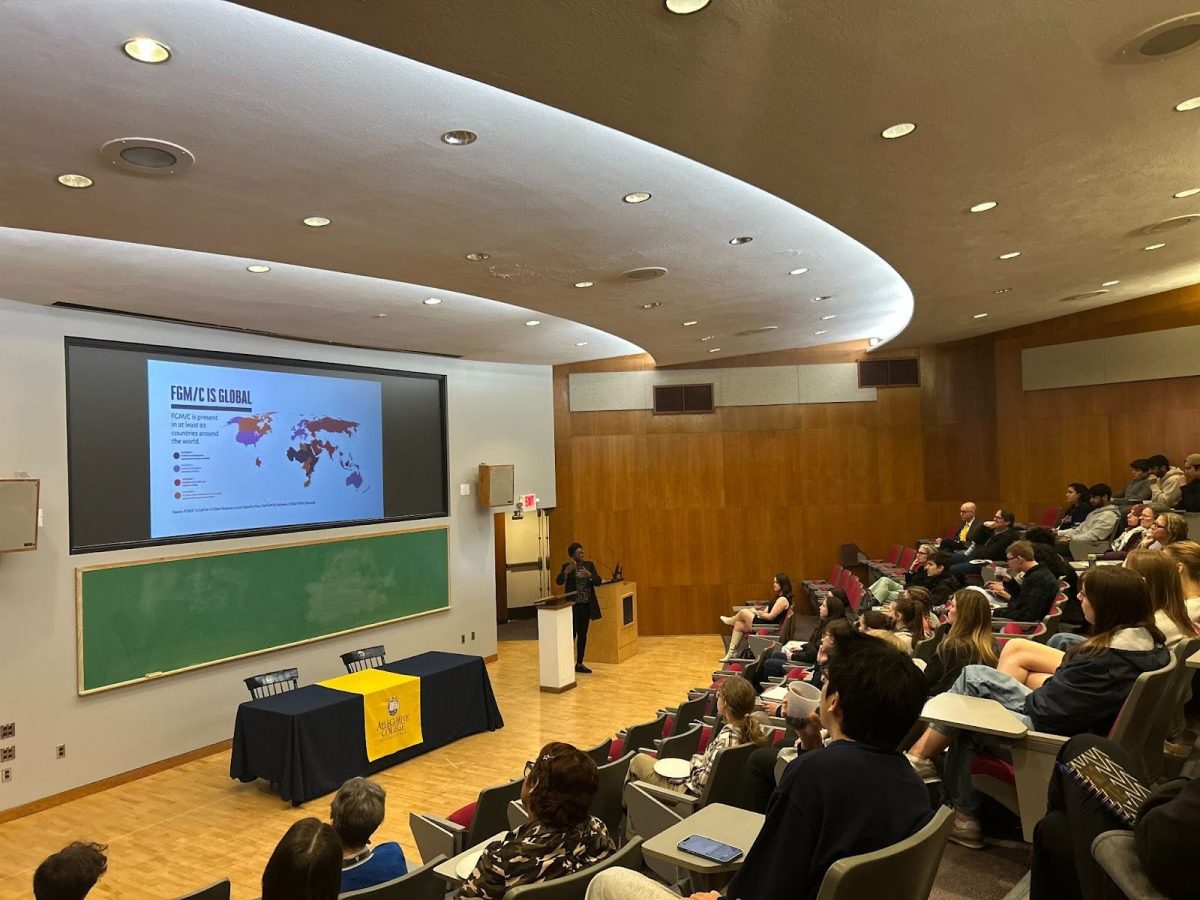
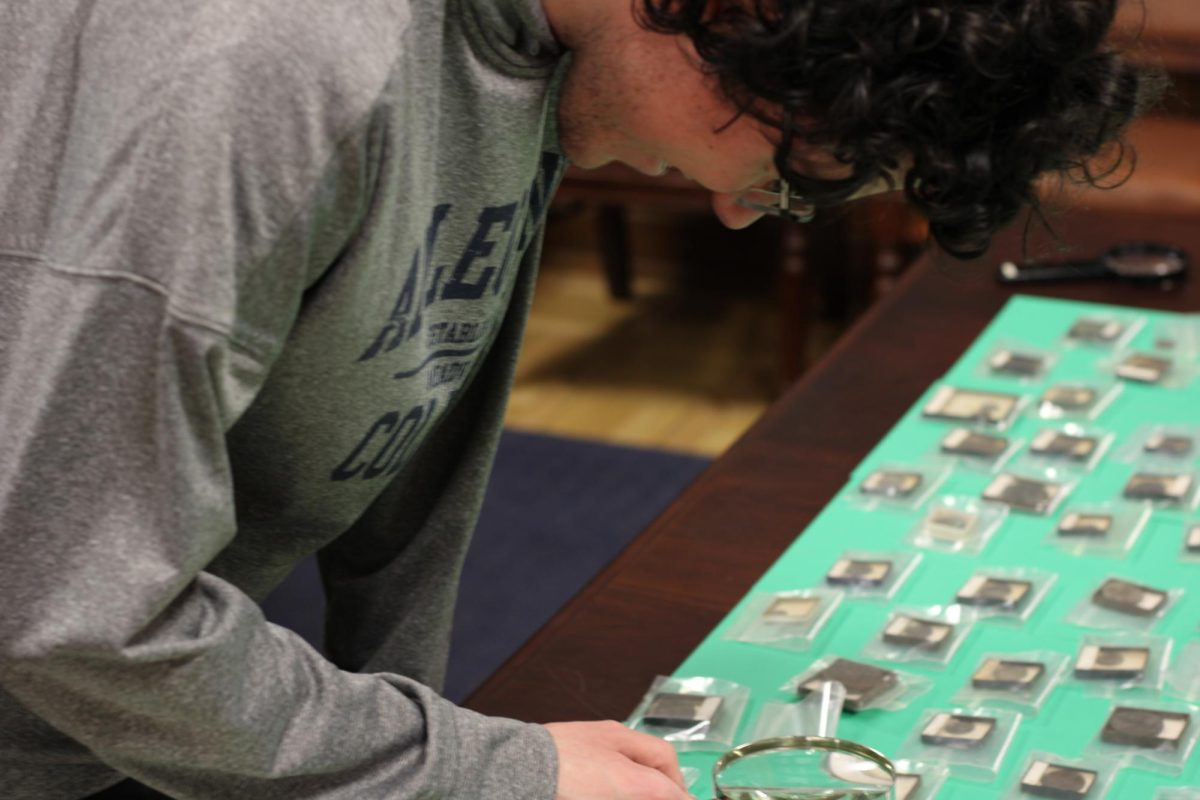
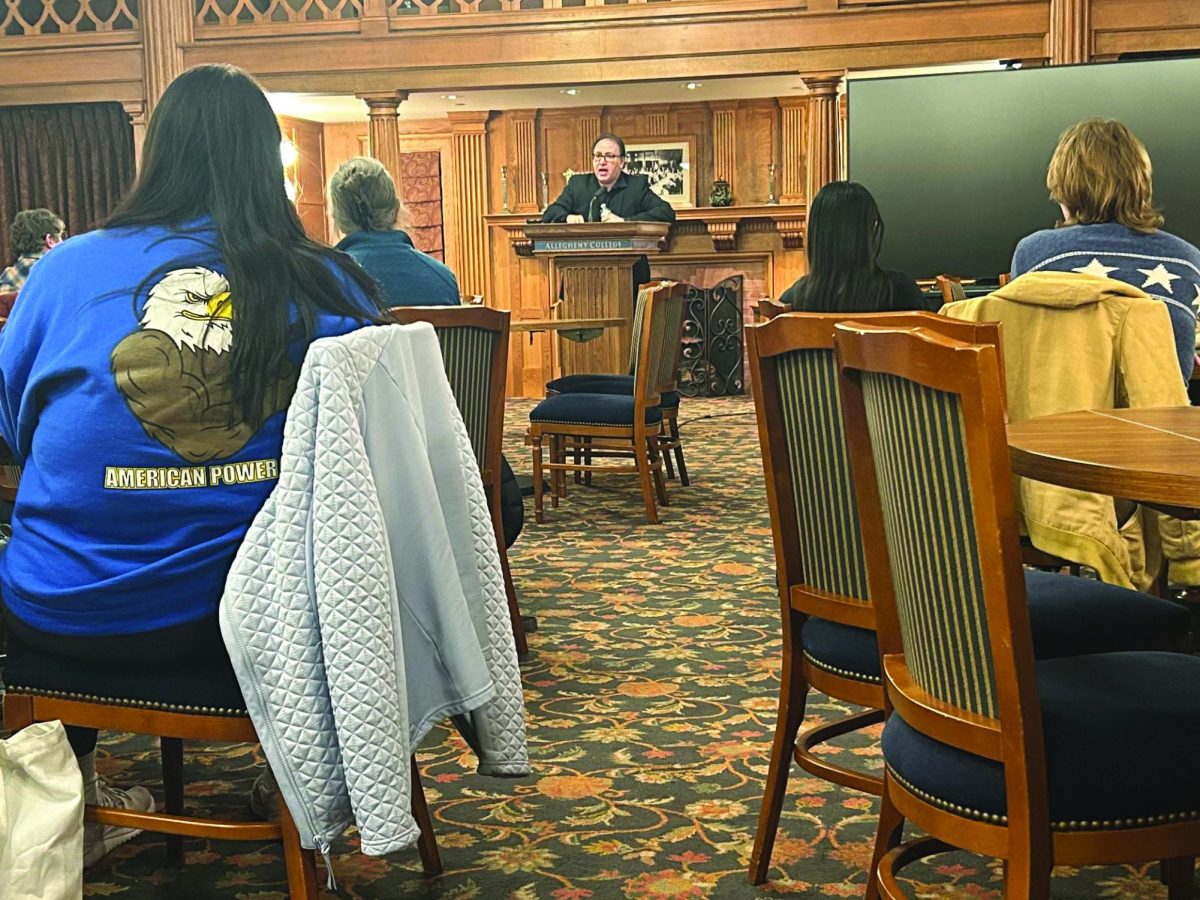




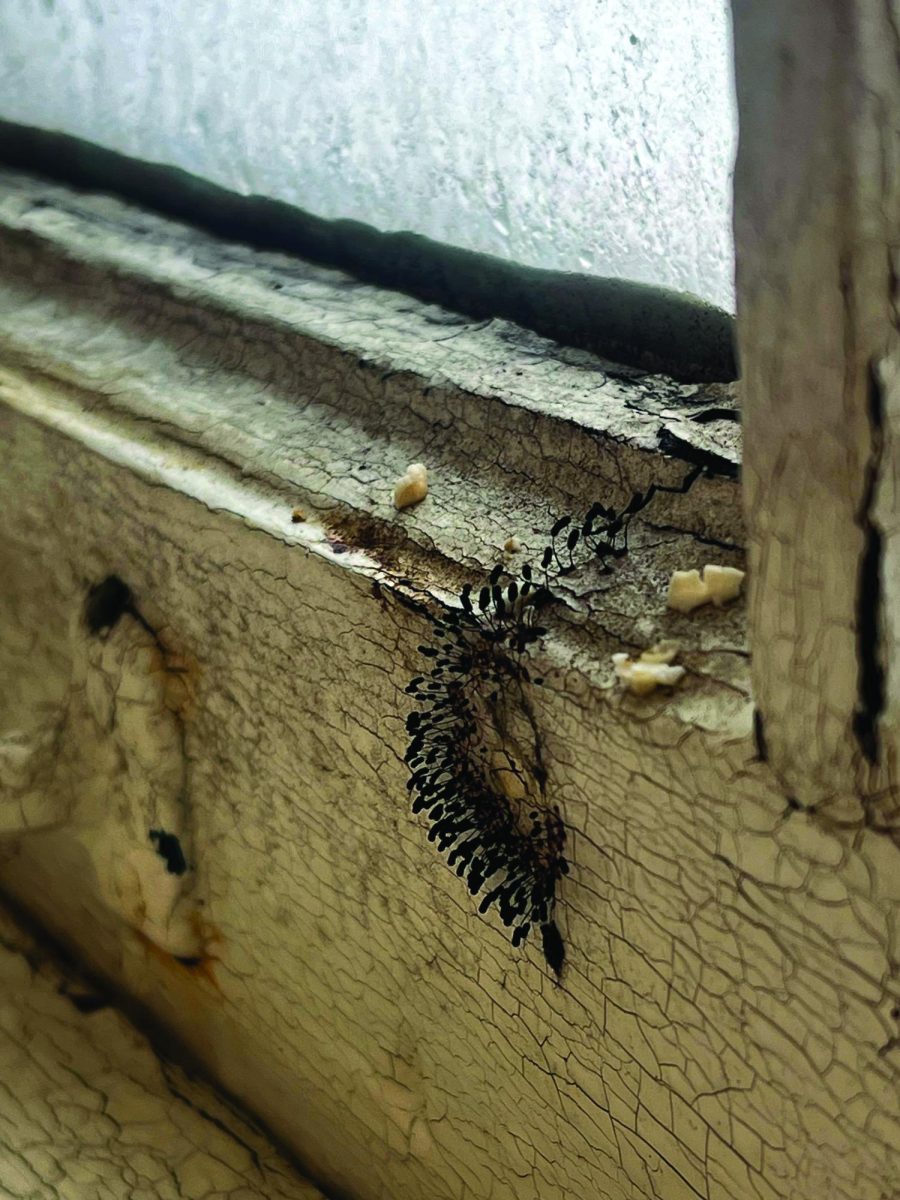
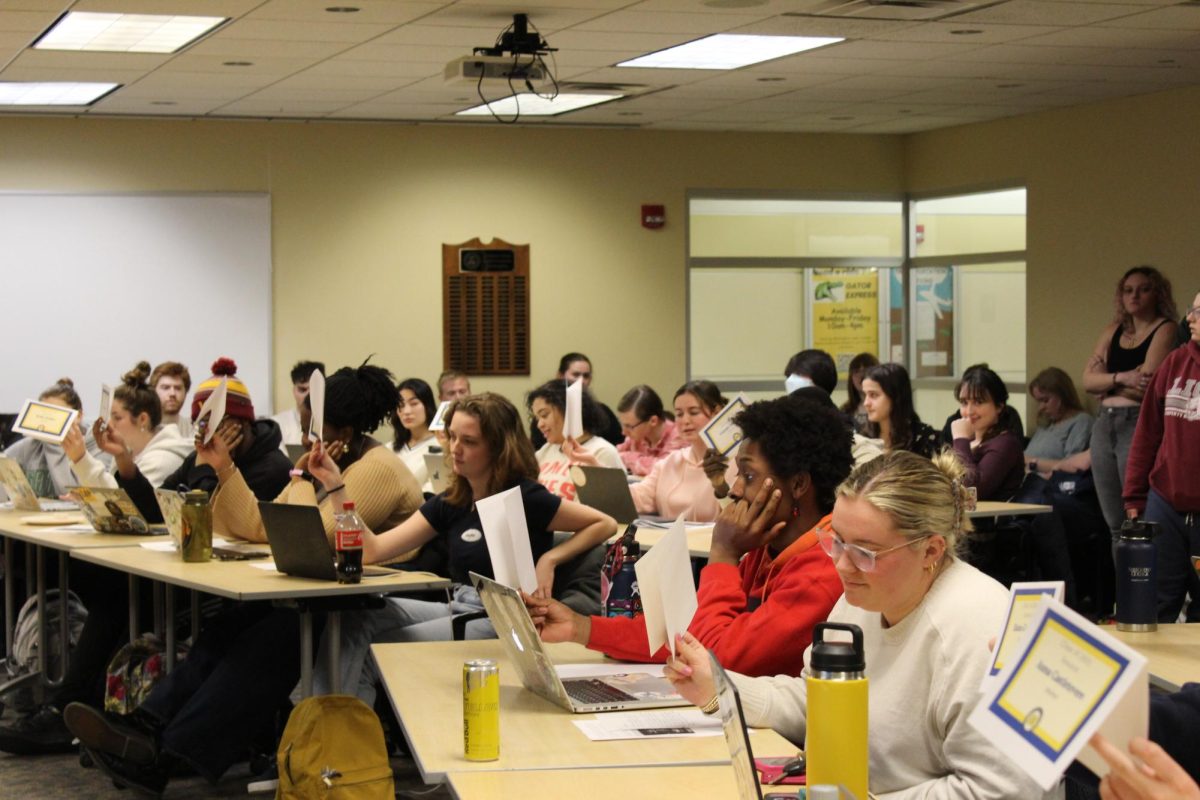

Professor Hart • Sep 24, 2024 at 7:54 am
Great story & beautiful photos, Milo!